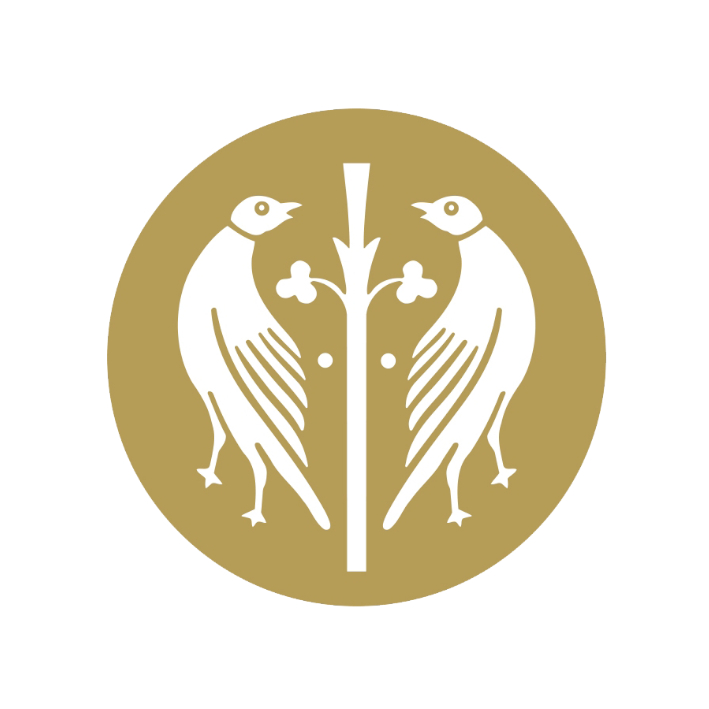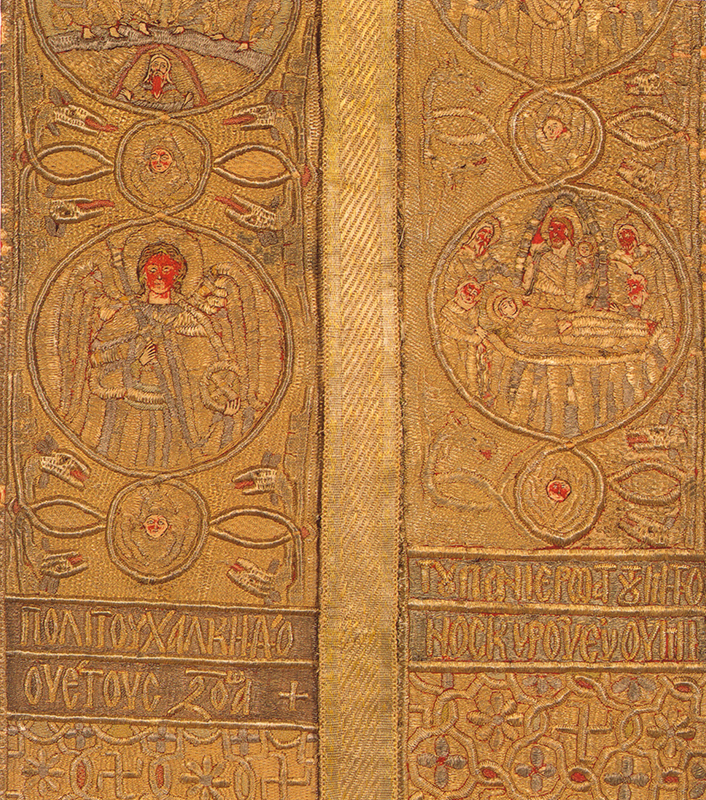The documentation of museum collective objects is a complicated, effortful and even necessary task in ethnographic museums and their classification into categories is a necessary precondition for the proper organization and administration of collections. It is known that many ethnographic museums originated from privately owned collections. Under objective circumstances, many collectors were severally prevented to handle the objects as information-bearers of another society and to search consistently about the social and cultural evidence wherefrom the object comes. The criteria of aesthetic and artistic value of the objects were often the dominant. Therefore, their documentation was keeping distant from their society of origin whereupon the objects could serve as information-bearers. The retardation problems in the field of research by qualified scientists all over Greece and the consequent digression from valuable original sources of information (human testimonies) over time, had the effect of accumulating integrated documentation problems of collections and of diminishing interest upon the complete administration thereof. The documentation of collections was mostly and is still based on literature. Therefore, the material classification - being necessary for the organization and management of collections (for study and research, in particular) - was based on a primary - partly accommodating management- starting from the material (raw material) but could not adequately represent the worldview of a certain society through objects. This is because the classification under the way of living-categories (physical-material, social, spiritual) of the traditional society and the correlation between the classification of the material used to lead and it is leading either to the creation of numerous and diverse categories or to suboptimal classifications acceptable by folkloristics (conceptual difference in the characterization of folkloric material) or to the introduction of arbitrary criteria (e.g. "belt": It can be classified in the category "body care" appertaining to the broader category of physical-material life or art, which is sub-category of the spiritual life). The classification is a museum operation directly connected to the registration and documentation of museum articles. It consists in the physical and intellectual organization of evidence and its ultimate goal is the evidence-based organization make obvious both the connection between each other and their link to the activity conducive to the creation thereof. In other words, any evidence should be included in the network of affiliations developed within the museum material and to document the acts from which they came. In simplified terms, classification should be taken to mean settling and separation of museum materials (and the information objects carrying), based on certain specific criteria, in categories, ratings, subcategories etc., for the purpose of convenient use, study, control, storage/maintenance and enrichment of the material with new objects. A specific folkloric collection including only a single category of articles and likely representing all or part of the Greek area, does not deal with major problems as per the mode of material classification. Such specialized "monographic" folkloric collection shall be easily and flexibly served under formal or geographical classification of the collection, such as to permit the administration of any relevant work (research, report, study, publication). For example:
(a) distaffs, spindles, spindle whorls, reeds, chests, etc. from (b) one or different regions.
(a) rugs, sheets, towels, kilims, etc. from (b) one or different regions.
However, the problem may not be easily addressed whenever a folkloric collection is somewhat generic, namely comprised of any category objects and without origin limitation (Museum of Greek Folk Art, [ex] Peloponnesian Folklore Foundation, now Basil Papantoniou Foundation) or there is only geographical limitation (Folklife and Ethnological Museum of Macedonia-Thrace). In such case, the attempt to group the objects and the common characteristics thereof requires the identification of each physical object in such a way having due regard to:
a) be unit of a category (all objects).
b) have certain common features (attributes - local name, subject, size, material, etc.).
c) be associated with some operations (time, place, person).
The entire material - objects and documentation - should be classified in the respective units of the scientific collection (museum objects) and the archive (supporting documentation in the technical files) in accordance with classification schemes intended, under exhaustive study, to the ultimate objective of their furthermost permissible integration. In view of the above, the BPF has originally used the type of basic inventory used by the Museum of "Arts et Traditions Populaires" (ATP) and the ICOM standards, adapted to the needs of a regional/decentralized museum for the material documentation and registration requirements. The classification scheme developed is currently as follows:
LIST OF CATEGORIES
| 01 | S | Silverware (silver plated, alloys, weapons, medals, honorary decorations) |
| 02 | C | Copperware (bronzeware, copper alloys, brazenware) |
| 03 | I | Ironware (and leadware, lower metals etc.) |
| 04 | H | Hornware (and ivory, horns, etc.) |
| 05 | W | Weaving (and industrial fabrics) |
| 06 | Cl | Clothing (including shoes, bags, hats, hairpieces and other accessories) |
| 07 | E | Embroidery |
| 08 | Cla | Clayware (and glassware) |
| 09 | W | Woodwork (and woodcarvings, gourds, reeds, tools, etc.) |
| 10 | Mis | Miscellaneous (candles, breads, plastic and multi-material objects, decorations, souvenirs, paperwork, etc.) |
| 11 | S | Stoneware (and bas-reliefs, minerals, rocks) |
| 12 | B | Baskets (wicker) |
| 13 | K | Knitwear |
| 14 | P | Painting (and images) |
| 15 | Mus | Musical Instruments |
| 16 | Ph | Photo Callery (engravings, etchings, woodcuts, lithographs, old photos) |
| 17 | Th | Theatre (Karagoz figures, puppetry, props) |
| 18 | Ch | Children's Play (and school supplies, objects related to the child, except for clothing) |
| 19 | L | Leatherware (except for shoes and handbags) |
| 20 | St | Stamped embroidery patterns |
| 21 | J | Jewelry |
| 22 | Cu | Customs - Worship |
The classification system of the BPF collections has been mainly based on the classification of items per Material category (Wood, Iron, Clay, etc.) and on an Function-category (Clothing, Children's toys, etc).
Where this was not possible, were used several criteria in combination: Material and Technique or Use and Function.
For each category are developed classification schemes contributing to a more complete documentation (Type, Characterization, Geographical Spread) and enabling the search and research in the respective collection units. Related to the material classification is the issue of "authenticity" and the final integration of the object in the museum collections, according to the philosophy of the ethnographic material's acquisition policy. The above classification system meets the needs of the BPF, despite any composite objects presented problems in their final ranking (there are recorded cases acting as examples), but there is need for further improvement.













